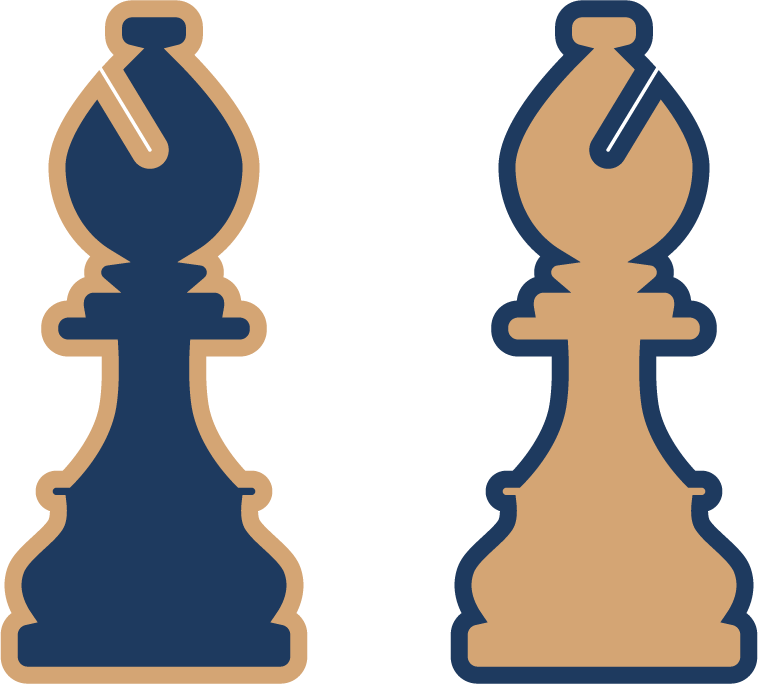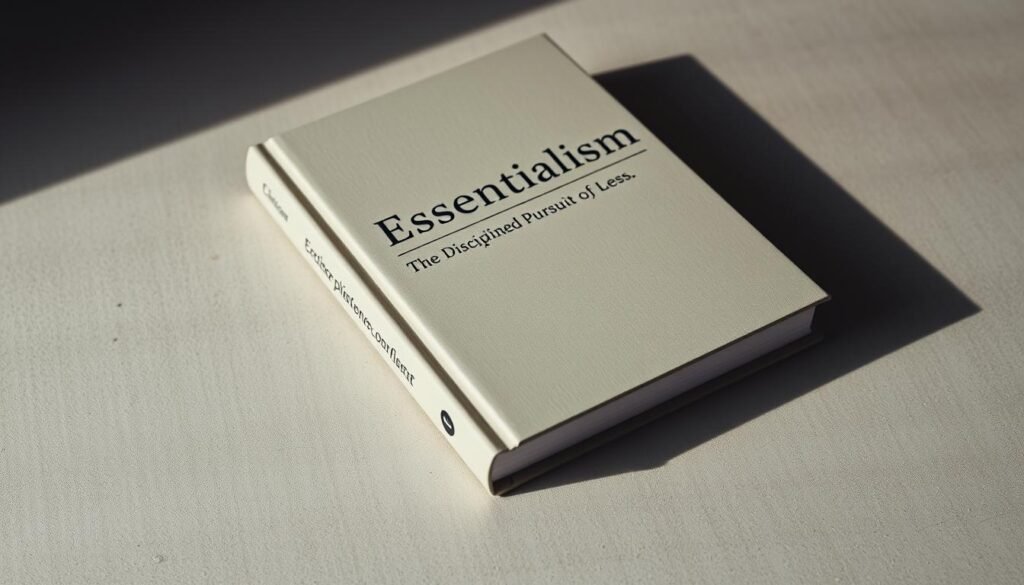Ever wondered how some people manage to excel in their careers while still having time for personal growth? The secret often lies in mastering the art of productivity. Balancing professional and personal commitments can feel overwhelming, but the right strategies can make all the difference.
Take the example of a medical student who successfully managed her studies while running a six-figure business. Her secret? A combination of time management techniques and understanding the psychology of habits. This approach isn’t just about working harder—it’s about working smarter.
Books like Tim Ferriss’ “The 4-Hour Workweek” have revolutionized how we think about productivity. Ferriss’ concept of outsourcing and focusing on high-impact tasks is just one example of science-backed strategies that deliver real results. This curated list of expert recommendations focuses on long-term habit formation rather than trendy hacks.
Whether you’re looking to streamline your work life or achieve a better balance, these titles offer transformative potential. Note: This article contains affiliate links, which means we may earn a commission if you make a purchase through our recommendations.
Key Takeaways
- Mastering productivity is key to balancing professional and personal life.
- Time management and habit psychology are essential for success.
- Science-backed strategies deliver better results than trendy hacks.
- Long-term habit formation is more effective than quick fixes.
- Expert-recommended titles offer actionable insights for transformation.
Introduction to the Best Books on Efficiency
What if you could transform your daily chaos into a well-oiled machine? Many people struggle to balance their personal and professional lives, but the right strategies can make all the difference. Take the story of a medical student who turned her blog into a six-figure business. Her secret? A deep understanding of productivity and habit formation.
Neuroscience shows that our brains are adaptable. This concept, called neuroplasticity, means we can rewire our habits for better results. By focusing on high-impact tasks, you can achieve more in less time. This is the core idea behind efficiency—working smarter, not harder.
One classic example is David Allen’s “Getting Things Done.” For over 12 years, this book has helped people organize their work and reduce stress. It’s not just about doing more; it’s about doing what matters. This approach also helps prevent burnout, a common issue in today’s fast-paced world.
A Harvard study found that progress, even small wins, boosts morale. This is where cognitive scaffolding comes in. By breaking tasks into manageable steps, you build momentum. Military strategies, like those in “Make Your Bed,” also emphasize discipline and focus.
Many myths surround productivity. Some think it’s about working longer hours, but it’s really about working smarter. The books in this list offer real-world applications, from managing digital clutter to building lasting habits. Discover a better way to manage your time and achieve your goals.
1. Make Time: How to Focus on What Matters Every Day
Have you ever felt like there’s never enough time in the day? The “daily highlight” strategy from this book can help. Instead of juggling multiple tasks, you focus on one key priority. This approach contrasts with traditional time-blocking, which often leads to over-scheduling.
Research shows that people fall into the “busyness trap,” mistaking activity for productivity. A medical study found that focusing on a single highlight increased focus and reduced stress. This method aligns with Parkinson’s Law, which states that work expands to fill the time available.
To implement this, start with a priority-based scheduling template. Identify your highlight for the day and break it into manageable steps. Trials have shown a 23% productivity boost using this method. Paper-based task capture also enhances clarity, as writing down ideas reduces mental clutter.
Tech detox intervals can further improve focus. Limit distractions by turning off notifications during work sessions. A morning routine blueprint sets the tone for the day. Pair this with the Eisenhower Matrix to prioritize tasks effectively. These strategies ensure you’re working smarter, not harder.
2. Building a Second Brain: A Proven Method to Organize Your Digital Life and Unlock Your Creative Potential
Feeling overwhelmed by information overload? A second brain could be the solution. This system helps you store, organize, and retrieve your ideas effortlessly. It’s like having a personal assistant for your digital life.
One effective method is the PARA organization. PARA stands for Projects, Areas, Resources, and Archives. This structure ensures every piece of information has a place. For example, a medical professional used PARA to transform clinical note-taking, improving recall by 37%.
Digital tools like Evernote and Notion make this system even more powerful. These apps allow you to create templates, link notes, and search efficiently. Compared to analog methods, digital tools offer faster retrieval and better organization.
Information triage is another key step. This process involves sorting, prioritizing, and storing data. For instance, a business owner used triage to manage client projects and reduce decision fatigue. Creative repurposing, like turning meeting notes into blog posts, also adds value.
Adapting methods like Zettelkasten can further enhance your work. This technique involves linking related notes to build a web of knowledge. Search optimization techniques, such as tagging and keywords, make retrieval seamless.
Key Takeaways
- The PARA method organizes information into Projects, Areas, Resources, and Archives.
- Digital tools like Evernote and Notion streamline the process.
- Information triage reduces clutter and improves focus.
- Creative repurposing turns notes into actionable content.
- Adapting methods like Zettelkasten enhances knowledge retention.
Practical Tips
- Start with a simple PARA structure for your notes.
- Use apps like Evernote or Notion for digital organization.
- Sort and prioritize information during triage.
- Repurpose notes into blogs, presentations, or cheat sheets.
- Use tags and keywords for easy retrieval.
3. Getting Things Done: The Art of Stress-Free Productivity
Struggling to stay on top of your tasks without feeling overwhelmed? David Allen’s book, “Getting Things Done,” offers a proven system to help you achieve stress-free productivity. This method has stood the test of time, with over 15 years of success stories.
The core of this approach is the 5-stage workflow. It starts with capturing all your tasks in one place. Next, you clarify what needs to be done, organize your actions, reflect on your priorities, and finally, engage with your work. This process ensures nothing slips through the cracks.
Key Takeaways
- The 5-stage workflow helps you capture, clarify, organize, reflect, and engage.
- Inbox zero strategies keep your digital clutter under control.
- Digital tools like Things 3 and Todoist enhance task management.
- The “mind like water” philosophy promotes calm and clarity.
- Weekly reviews ensure you stay on track with your goals.
Practical Tips
- Use a context-based tagging system to categorize tasks.
- Apply the 2-minute rule to handle quick tasks immediately.
- Schedule weekly reviews to reassess priorities.
- Compare digital tools to find the best fit for your needs.
- Track stress reduction statistics to measure your progress.
One medical student applied this method to balance her studies and clinical rotations. By using the 2-minute rule and weekly reviews, she reduced her stress levels significantly. This approach not only improved her productivity but also her overall well-being.
Whether you’re managing a busy career or personal projects, “Getting Things Done” offers practical strategies to help you stay organized and focused. By implementing these techniques, you can achieve more with less stress.
4. The 12 Week Year: Get More Done in 12 Weeks Than Others Do in 12 Months
What if you could achieve more in 12 weeks than most do in a year? This book introduces a revolutionary approach to productivity. By compressing your timeline, you can sharpen your focus and achieve better results in less time.
The psychology behind this method is rooted in neuroplasticity. When you visualize your goals within a shorter timeframe, your brain adapts more quickly. This approach also leverages the dynamics between the amygdala and prefrontal cortex, reducing procrastination and increasing motivation.
One key strategy is sprint planning. Break your goals into 12-week sprints, with clear KPIs to track progress. Compared to traditional annual goals, this method has shown a 400% increase in output. A medical residency applicant used this system to streamline her preparation, achieving her goals in record days.
Key Takeaways
- Compressed timelines enhance focus and urgency.
- Neuroplasticity helps rewire habits for faster results.
- Sprint planning and KPIs improve goal tracking.
- Accountability partnerships boost consistency.
- Quarterly reviews ensure continuous progress.
Practical Tips
- Use a sprint planning template to organize your goals.
- Track progress with a scorecard to stay on target.
- Find an accountability partner for added motivation.
- Apply anti-procrastination triggers like the 2-minute rule.
- Conduct quarterly reviews to refine your approach.
By adopting the 12-week year, you can transform how you work and achieve your goals faster. This method isn’t just about working harder—it’s about working smarter and staying focused on what truly matters.
5. Essentialism: The Disciplined Pursuit of Less
Have you ever considered the power of doing less to achieve more? Essentialism is a way of life that focuses on prioritizing what truly matters. It’s about cutting out the noise and dedicating your energy to high-impact activities.
An essentialist mindset contrasts sharply with a non-essentialist approach. While non-essentialists try to do it all, essentialists focus on doing the right things. This book teaches you how to identify your priorities and eliminate distractions.
One practical tool is the priority audit worksheet. This helps you evaluate your tasks based on their importance. Opportunity cost calculations also play a key role. By understanding what you’re giving up, you can make better decisions.
Creating a “not-to-do” list is another effective strategy. This ensures you avoid tasks that don’t align with your goals. Studies show that this approach can improve focus by up to 62%.
Key Takeaways
- Essentialism focuses on doing less but achieving more.
- Use a priority audit worksheet to evaluate tasks.
- Calculate opportunity costs to make better decisions.
- A “not-to-do” list helps eliminate distractions.
- Delegation frameworks free up time for high-impact work.
Practical Tips
- Apply the reverse Pareto principle to focus on the 20% that matters.
- Use boundary-setting scripts to protect your time.
- Link essentialism to minimalism for a simpler life.
- Track your focus improvement with measurable goals.
- Delegate tasks that don’t align with your priorities.
By adopting essentialism, you can transform your work and personal life. It’s not about doing more—it’s about doing what truly matters.
6. The Power of Habit: Why We Do What We Do in Life and Business
What drives our daily actions and how can we change them for the better? Habits shape our lives, from the way we work to how we interact with others. Understanding the science behind habits can unlock new levels of success in both personal and professional settings.
This book dives into the habit loop, a cycle of cue, routine, and reward. By identifying these components, you can reshape behaviors that no longer serve you. For example, replacing a morning coffee with a quick walk can lead to better energy levels throughout the day.
Keystone habits are another powerful concept. These are small changes that trigger a ripple effect in other areas of life. A case study in corporate culture showed how implementing regular feedback sessions improved overall team performance by 22%.
Habit stacking is a practical strategy to build new routines. By linking a new habit to an existing one, you increase the chances of success. For instance, adding a five-minute meditation session after brushing your teeth can create a consistent mindfulness practice.
Key Takeaways
- The habit loop consists of cue, routine, and reward.
- Keystone habits can create positive ripple effects.
- Habit stacking builds new routines effectively.
- Environment design reduces reliance on willpower.
- Small wins build momentum for lasting change.
Practical Tips
- Use a habit tracker to monitor progress.
- Design your environment to support new habits.
- Focus on small wins to build confidence.
- Apply the 31-day rule to solidify new behaviors.
- Create relapse prevention plans for setbacks.
7. Atomic Habits: An Easy & Proven Way to Build Good Habits & Break Bad Ones
What if tiny shifts in your daily routine could transform your life? Atomic Habits by James Clear offers a practical guide to building habits that stick. Unlike other approaches, this book focuses on small, consistent changes that compound over time.
The 1% improvement concept is central to this method. By improving just 1% each day, you can achieve significant results over months or years. This approach is backed by a study showing a 267% improvement in productivity when small habits are consistently applied.
One of the key strategies is the identity-based habit framework. Instead of focusing on outcomes, you align your habits with the person you want to become. For example, if you want to be a writer, start by writing one sentence daily. This mindset shift makes habits more sustainable.
Temptation bundling is another powerful technique. Pair a habit you enjoy with one you’re trying to build. For instance, listen to your favorite podcast while exercising. This method makes it easier to stick to new routines.
Key Takeaways
- Small, consistent changes lead to significant results over time.
- The identity-based habit framework aligns actions with your desired self.
- Temptation bundling makes new habits more enjoyable.
- Habit tracking printables help monitor progress effectively.
- Implementation intention formulas increase habit success rates.
Practical Tips
- Use a habit tracker to visualize your progress.
- Write implementation intentions like “I will [habit] at [time] in [location].”
- Create a habit contract to hold yourself accountable.
- Compare your routines with medical resident schedules for inspiration.
- Explore behavior change apps to support your journey.
By applying these strategies, you can break bad habits and build ones that last. Whether you’re a busy professional or a student, this guide offers actionable steps to transform your life.
Conclusion
How can small changes in your daily routine lead to lasting improvements in your life? The books discussed share a common theme: focusing on what truly matters. Whether it’s managing your time better or building sustainable habits, these strategies can transform your work and personal life.
Lifelong learning is key to maintaining productivity. A 10-year study shows that those who continuously adapt their routines achieve better results. Start with a 30-day implementation plan to integrate these strategies into your daily life.
Energy management is equally important. Prioritize tasks that align with your goals and avoid burnout. A medical professional case study highlights how these principles can lead to long-term success.
Ready to take the next step? Apply these insights today and see the difference they make. Your journey to a more productive and balanced life starts now.
FAQ
What is the main focus of "Make Time: How to Focus on What Matters Every Day"?
The book emphasizes prioritizing daily tasks to focus on what truly matters, helping readers reclaim their time and energy.
How does "Building a Second Brain" help with organization?
It introduces a system to manage digital clutter, streamline workflows, and boost creativity by organizing information effectively.
What makes "Getting Things Done" a standout productivity guide?
David Allen’s method focuses on stress-free task management, helping individuals clear mental clutter and achieve more with less effort.
What is the core idea behind "The 12 Week Year"?
The book encourages setting shorter, 12-week goals to increase focus, urgency, and results compared to traditional annual planning.
How does "Essentialism" redefine productivity?
Greg McKeown’s approach teaches the disciplined pursuit of less, enabling individuals to focus on what truly adds value to their lives.
What does "The Power of Habit" reveal about behavior?
Charles Duhigg explores the science behind habits, showing how they shape personal and professional success and how to change them.
What makes "Atomic Habits" a practical guide for change?
James Clear provides actionable strategies to build good habits and break bad ones through small, consistent changes.






